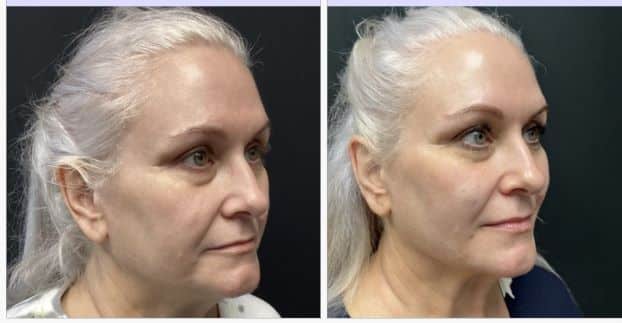Loss of volume in the lateral aspects of the face contribute to more prominent smile lines, also known as nasolabial folds.
Often, the solution to softening the nasolabial folds is to replace facial structure with filler in areas of the face that support our mid-face tissue – at the cheeks, jawline, and midface – and not by injecting directly into the nasolabial folds. The dermal fillers Sculptra and Radiesse are great choices for looking more natural, restoring structural support and stimulating the growth of collagen!
What are Radiesse and Sculptra?
Sculptra and Radiesse are both FDA-approved synthetic injectable dermal fillers that stimulate the production of collagen and elastin, the support structures within our skin. Both non-surgically plump, define and rejuvenate the face to address lines, volume loss, sagging skin, deep folds and scars with little-to-no pain or downtime.
Sculptra is made from an absorbable substance called poly-L-lactic acid, a nontoxic polymer material absorbed in the body over time. If you’ve ever had dissolvable stitches, then you’re familiar with the polymer component of Sculptra! Radiesse is formulated with calcium hydroxylapatite, a biosynthetic gel compound similar to the mineral compound found naturally in bones and teeth.
Radiesse and Sculptra are both used to enhance facial features such as cheekbones, chin and jawline. Both can be used to enhance facial structural support and support volume loss which comes with aging, smoothing those nasolabial folds for a more refreshed, youthful appearance.
While Radiesse and Sculptra are used to address similar concerns, there are important distinguishing characteristics between the two dermal fillers, which may lead your experienced injector to select one rather than the other or to use them in combination over time to achieve your aesthetic goals.
How to Increase Collagen Production in Skin
Both Radiesse and Sculptra increase collagen production in the skin, but the two products use a different mechanism of action.
Sculptra uses an inflammatory response to trigger your body’s natural production of collagen. When Sculptra is injected, the body’s immune system responds by creating fibroblasts (connective tissue cells) to surround what it has detected as foreign body (your filler), resulting in firmer, thicker skin.
Radiesse, on the other hand, is non-inflammatory. When injected, the hydrogen, oxygen and carbon in the gel formula mimic connective tissue to act like a scaffold for the growth of new collagen around the injection site. Not only does Radiesse stimulate collagen production, it adds volume due to its thick, elastic, adhesive nature. Due to this ‘thicker,’ more viscous nature, your injector will inject it more deeply into the skin than Sculptra.
Sometimes, your injector may dilute Radiesse with a mixture of saline solution and lidocaine to result in ‘Hyperdilute Radiesse.’ This thinner, diluted Radiesse mixture can be injected into areas where skin is loose and sagging to gradually tighten and thicken.

Radiesse/Sculptra Results
Both Radiesse and Sculptra can be used to smooth fine lines and improve skin texture. They each have a biostimulatory effect on collagen and elastin, so improvements in your skin will be seen over a period of weeks to months following treatment.
Sculptra results in a natural increase of volume over time, and I may see you for several injection sessions, because it relies on your body’s natural collagen production. You may not begin to see results for up to six weeks, but the payoff is a natural and youthful appearance, with results that can last more than two years.
You’ll see immediate volumizing results from Radiesse, and these results typically last up to 18 months.

